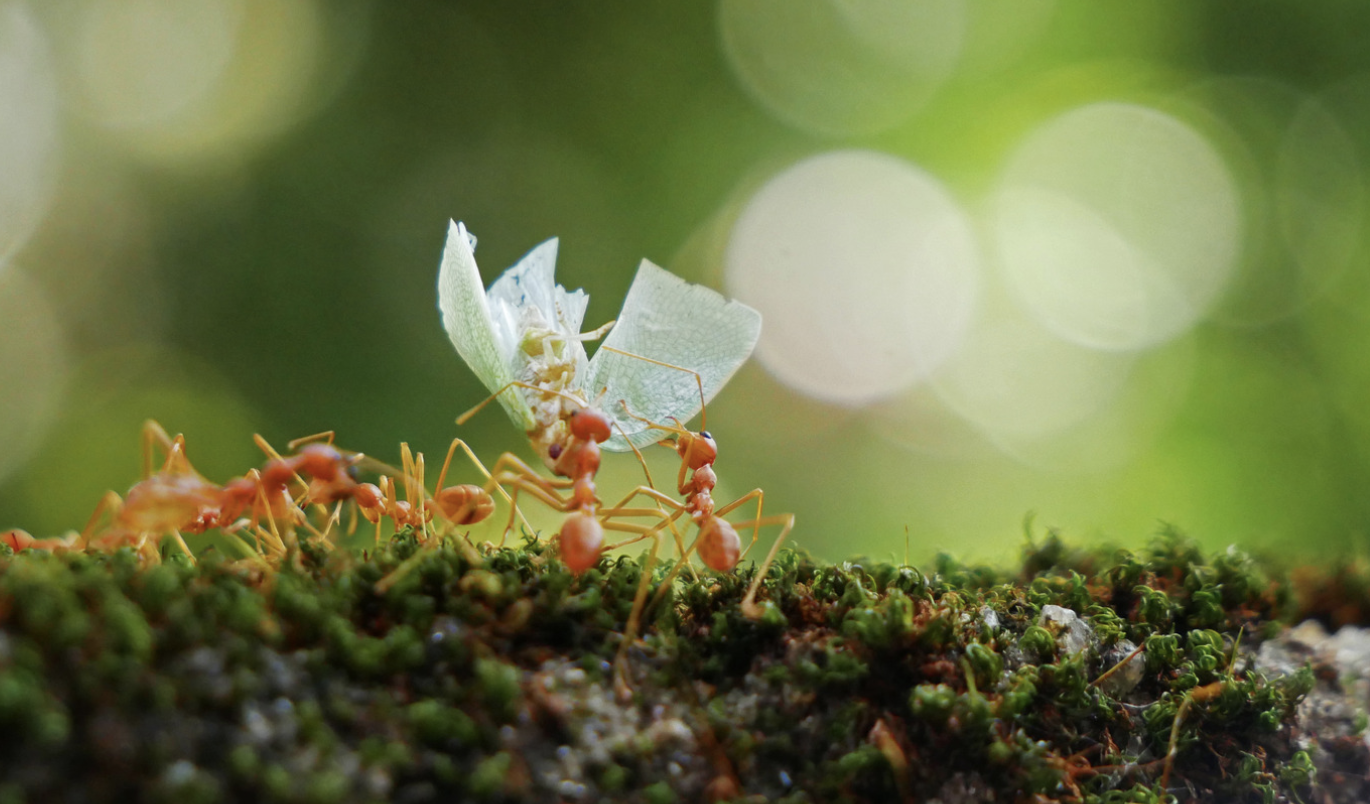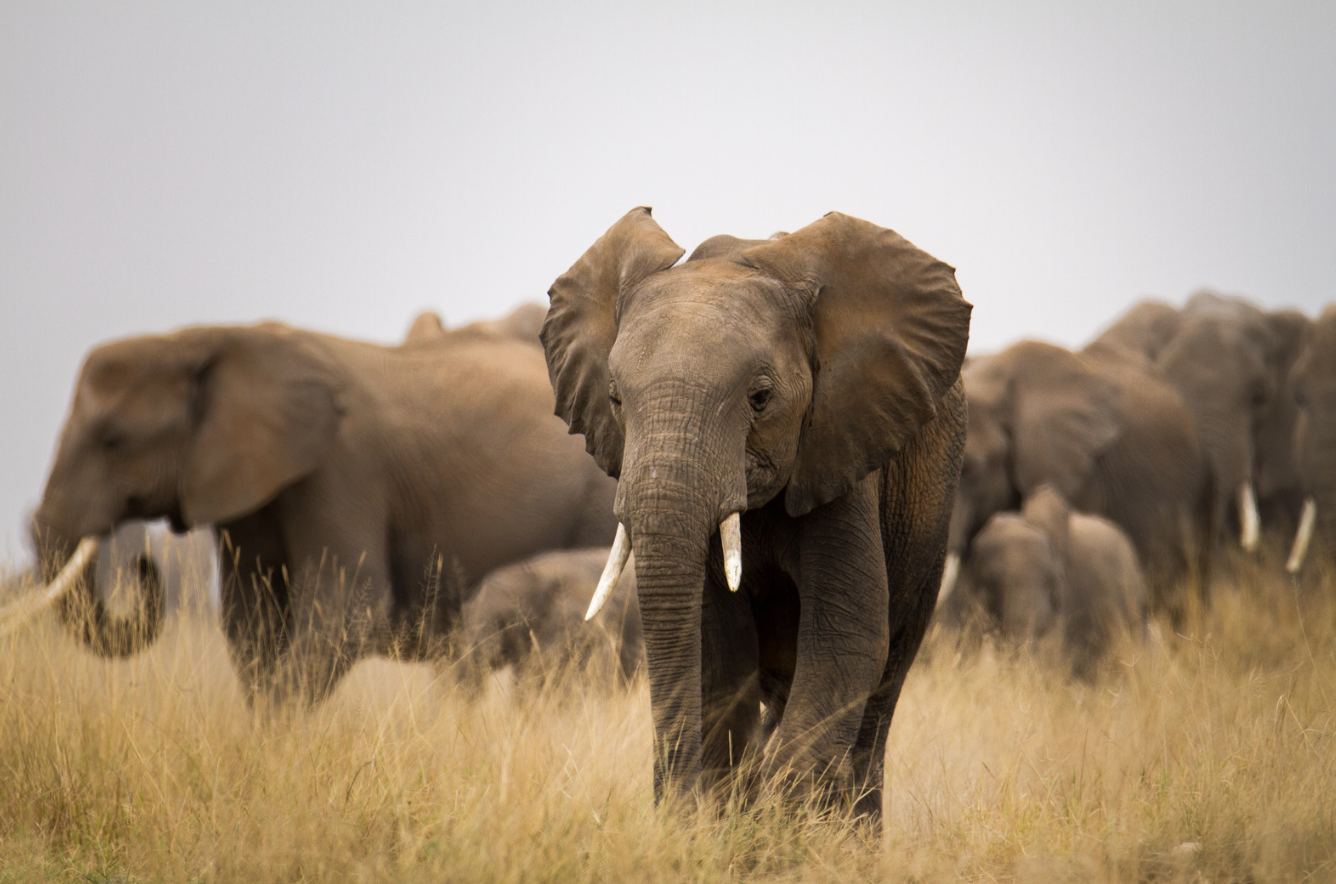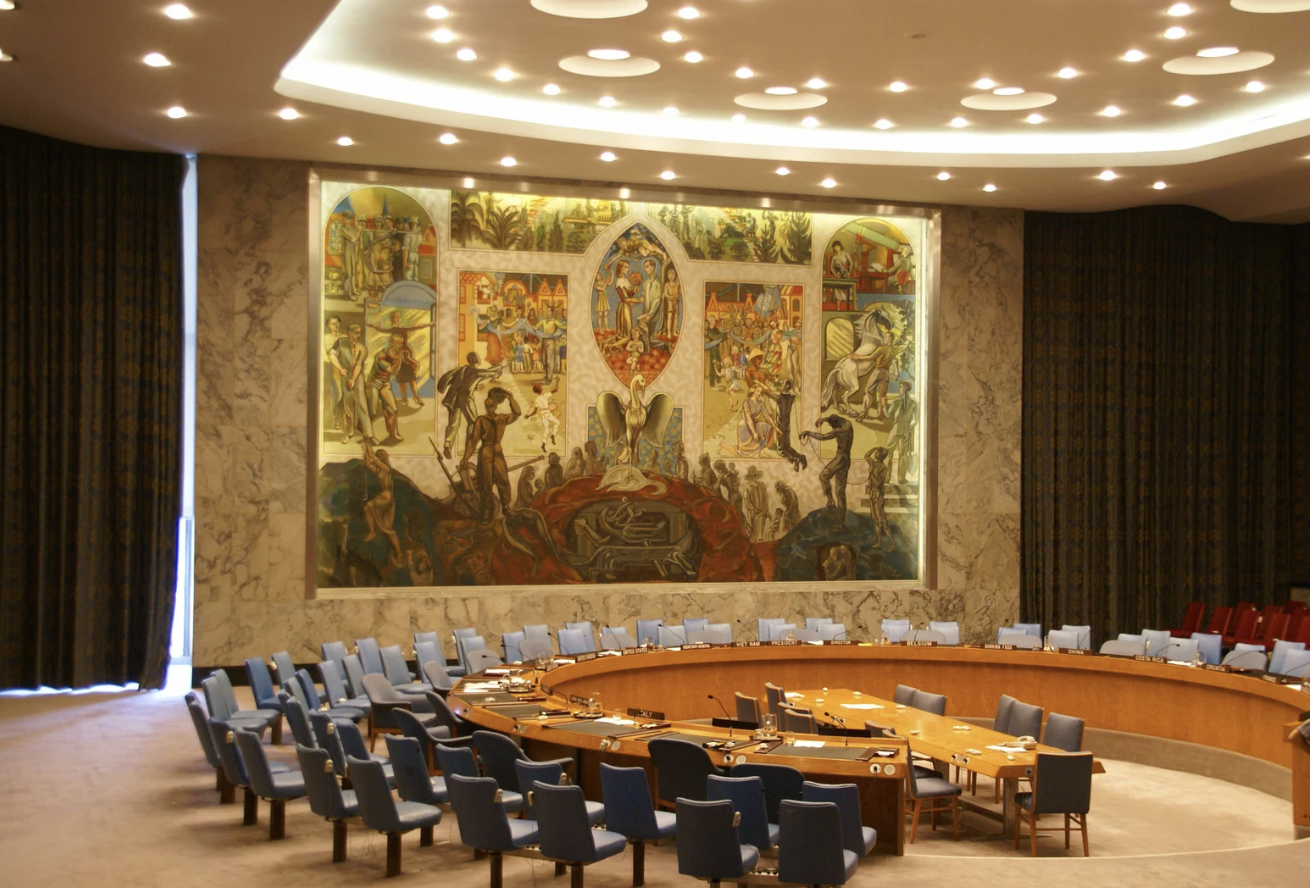Anúncios
The race is on to correctly map them by 2030; crowdsourcing may help
A federal government facility in the American Rockies has the world’s greatest seabed maps. Sometimes a hard disk with updated bathymetric charts from survey and research ships comes in the mail. The world’s biggest public atlas of Earth’s seas increases just a little bit more.
The ocean-covered bottom has evaded human discovery for ages. Myths and legends described horrific marine creatures, gods, goddesses, and lost underwater civilizations. Victorian mariners thought there was no ocean bottom, just an unending abyss where perished seamen slept in watery torment.
Modern scientific methods and sonar have disproven the myths and revealed a mysterious seascape of crusted brine lakes, boiling volcanoes, and enormous undulating underwater plains throughout the previous century. We are just beginning to map and investigate this vast undersea environment.
One organization wants to alter this soon. Seabed 2030 stated in 2023 that their newest seabed map is about 25% complete. The International Hydrography Organization (IHO)’s Data Centre for Digital Bathymetry (DCDB) in Boulder, Colorado, stores the data for the world’s first publicly viewable map.
Over 40 compressed gigabytes of seabed data are in the DCDB. Most of the contribution comes from 17 US university research boats that travel the world researching the deep ocean. The NOAA fleet, Geological Survey of Ireland, and German Federal Maritime and Hydrographic Agency also contributed. Data-driven researchers worldwide are the top consumers.
Seabed 2030 made great strides by urging nations and firms to share maps with the DCDB. Unfortunately, the map is developing too slowly. The map increased from 6% to 20% between 2016 and 2021. The pace has slowed since. It was 23.3% complete in 2022 and 24.9% in 2023. Ocean mappers proposed crowdsourcing.
Any vessel may create a rudimentary seabed map by adding a data logger to its echosounder.
“Crowdsourced bathymetry came about a few years ago when the IHO said, ‘At this rate, we’re never going to map the whole darn ocean; we need to start looking outside the box,'” says DCDB director Jennifer Jencks, IHO crowdsourced working group chair.
Any boat may create a seabed map by adding a data logger to its echosounder. Developing coastal and island countries need this. Tion Uriam, head of Kiribati’s Ministry of Communications, Transport, and Tourism Development’s Hydrographic Unit, got two data loggers to deploy on local ferries. “It’s a win to be part of that initiative,” adds. “To put ourselves on the map and show we want to participate globally. Although tiny, our contribution is a contribution.”
About 130,000 people live on 33 coral atolls in Kiribati, 20 of which are inhabited. UK and US claimed numerous islands as protectorates or territories, mining them for phosphate or utilizing them as whaling stations. The most precise maps are British 1950s and 1960s charts. Other British maps are erroneous and date back to the late Victorian era or employ fathom depth measures, which most nations abandoned years ago (the US discarded it in 2022).
Kevin Mackay, marine geologist and Seabed 2030’s South and West Pacific Regional Centre manager at New Zealand’s National Institute of Water and Atmospheric Research (Niwa) in Wellington, says that’s common in the Pacific. “The fundamental difficulty in the Pacific is the legacy of the colonial system. Pacific mapping: who manages it? Despite being autonomous, it’s the Americans, UK, or French via their territories or islands.” Kiribati won independence in 1979, but surveying has stalled. The World Bank invested $42m (£34.1m) on outer island marine infrastructure in 2020. Some will go to seafloor mapping.
As one of the world’s least developed nations, most i-Kiribati reside in South Tawara, the capital of a 17 sq km (6.5 sq mile) crescent-shaped atoll with a population density equivalent to Tokyo. More people are moving to the capital to enjoy a contemporary life, while the others dwell on isolated islands with high poverty and unemployment, insufficient facilities, and an uncertain future due to rising sea levels and strong tropical storms.
The military or economic importance of nautical charts will always prevent global map coverage.
Improved charts might enhance outer island commerce, transportation, and tourism. They might help towns prepare for tsunamis, storm surges, and increasing shorelines. Many islands lack tidal gauges, thus ships arrive at high tide. Uriam emphasizes the economic advantages of updating Kiribati nautical charts in his interactions with ministers.
However, exchanging maps with Boulder’s DCDB collection is difficult. A third of the IHO’s 98 members allow crowdsourcing in territorial seas. Not included are Kiribati, Samoa, and the Cook Islands, who just received Seabed 2030 data recorders. The new crowdsourced maps won’t be released unless governments approve.
Despite Seabed 2030’s scientific purpose, nautical charts’ military or economic use will always prevent global map coverage. “Sea charts, by their very nature, were destined to be removed from the academic realm and from general circulation,” writes map historian Lloyd Brown in The Story of Maps. “They were much more than an aid to navigation; they were in effect, the key to empire, the way to wealth.”
In a world where only 25% of the seabed is documented, knowing more than your competitors is advantageous. This happened to Niwa’s Mackay on a scientific-mapping excursion. “They said ‘you need to destroy that data because there was military value in what you’re mapping, because it’s a place where submarines like to hide’,” he recalled a military call. We disregard them because we’re mapping for research and don’t care. Bathymetry has several military uses that scientists don’t consider.”
Some countries find it odd because the DCDB is located in the US, which has the strongest military. We also have worries about the DCDB’s US hosting. Jencks: Not everyone likes that. She emphasizes that all IHO member nations supported the DCDB in 1990 to allay these fears.
Uriam says Kiribati’s problems are practical, not political. Only a year ago did his Hydrographic Unit leadership become permanent. He worked in the fisheries department and understands how hard it is to communicate data among departments, much alone with outsiders. Data storage and recruiting experts are additional challenges. Another issue: foreign research boats have charted Kiribati’s territorial seas without informing the government.
Seabed 2030 confronts major obstacles in creating the first public seabed map with little over six years remaining. Ocean mappers must battle wind, waves, and salt water in the harsh offshore working environment due to the ocean’s massive expanse and depth. Remote international seas that no country is responsible to map are expensive to map.
All these hurdles appear minor compared to uniting disparate nations like the US and Kiribati around a common objective. The discrepancies explain why a comprehensive seabed map may take decades to create.




